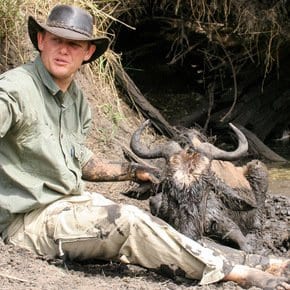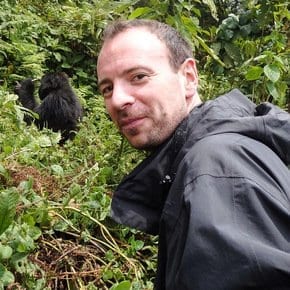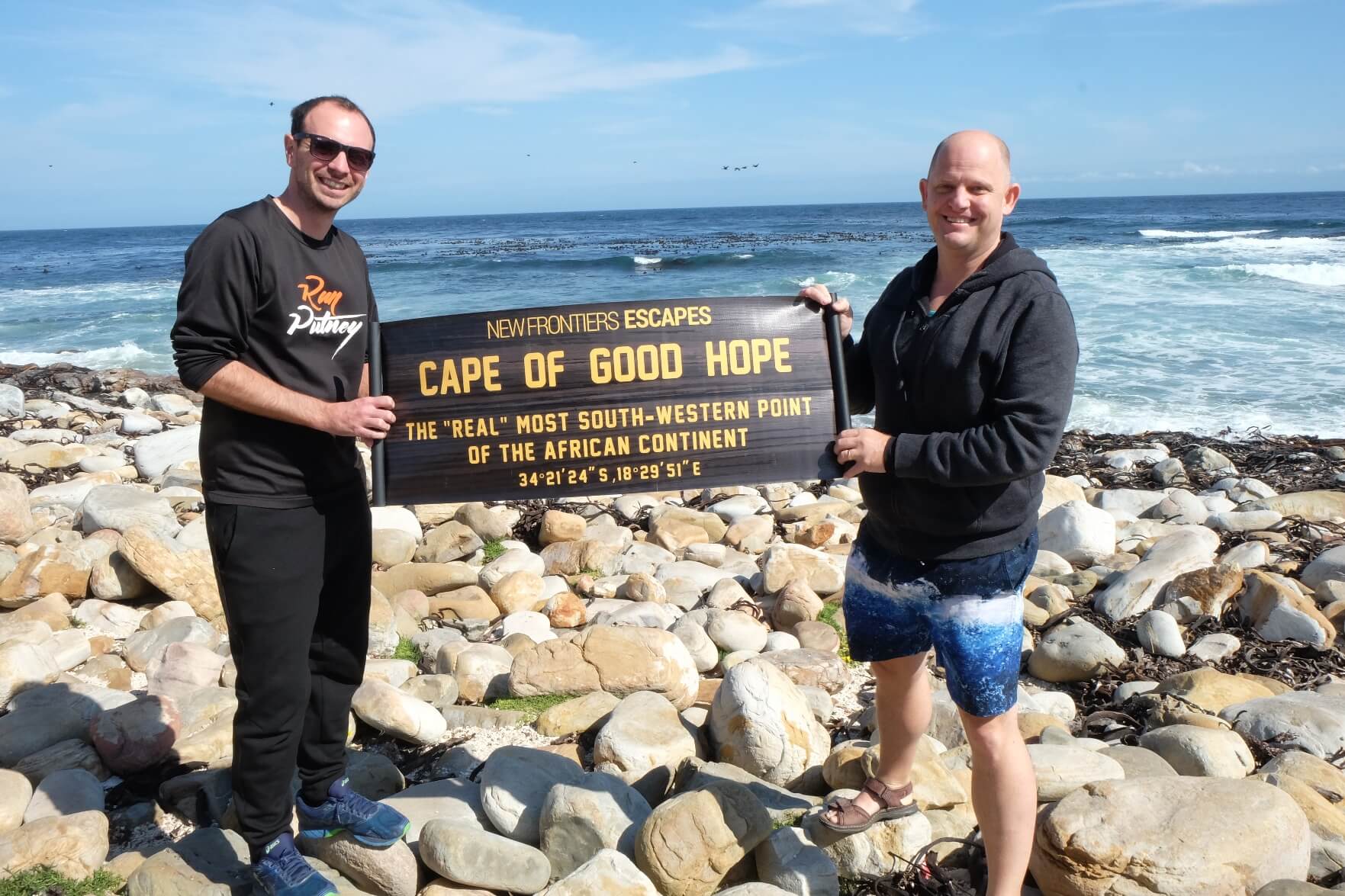
The Case for Specialist Safari Tour Operators versus DIY Safari Planning
August 19, 2020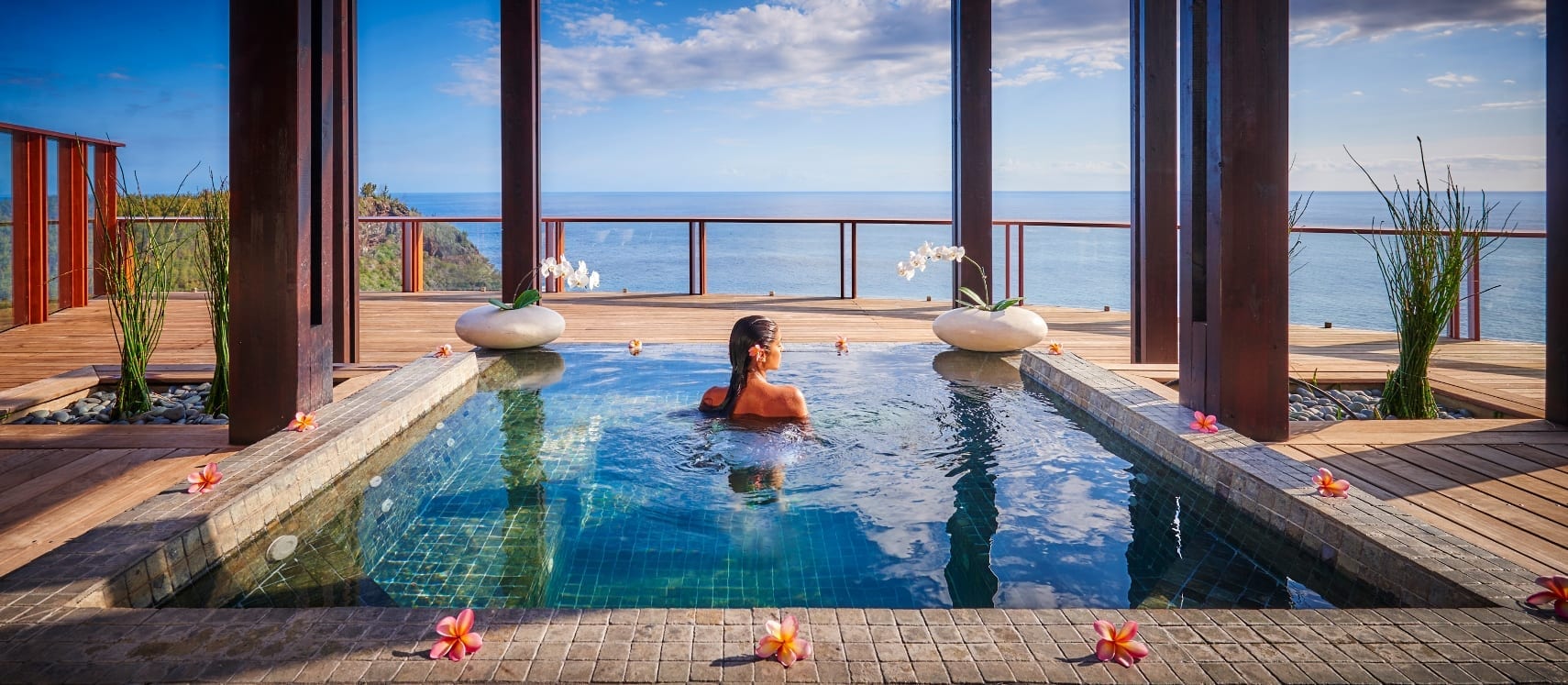
Réunion Island Getaway
September 5, 2020
The Case for Specialist Safari Tour Operators versus DIY Safari Planning
August 19, 2020
Réunion Island Getaway
September 5, 2020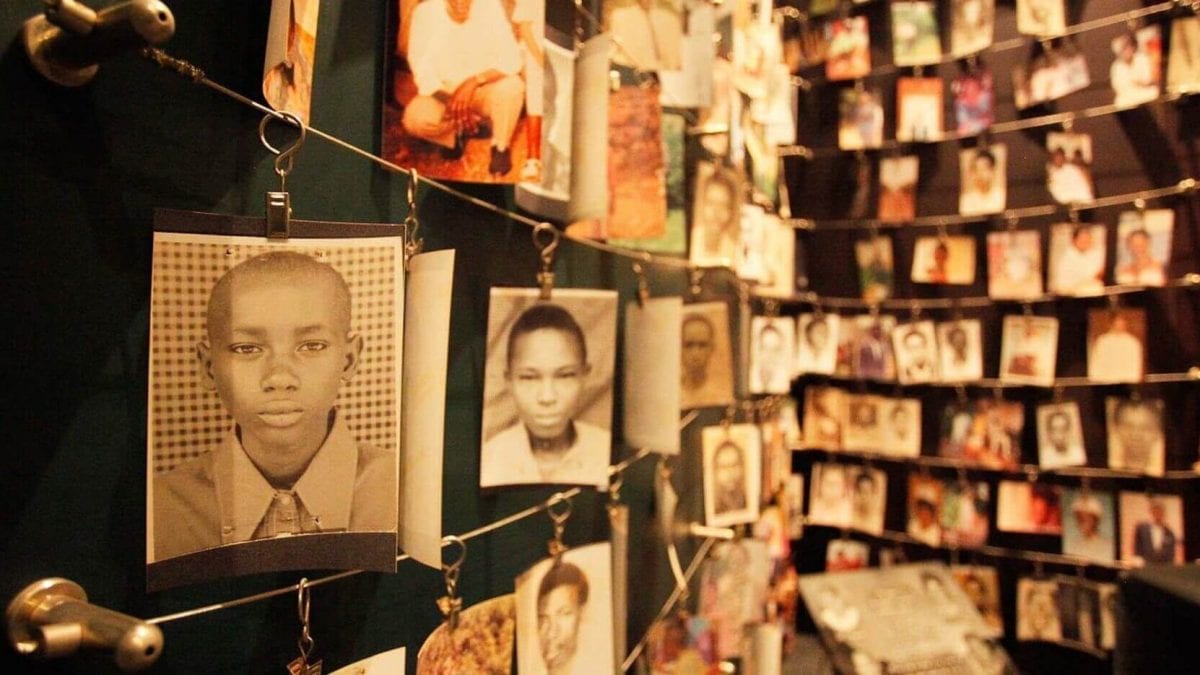
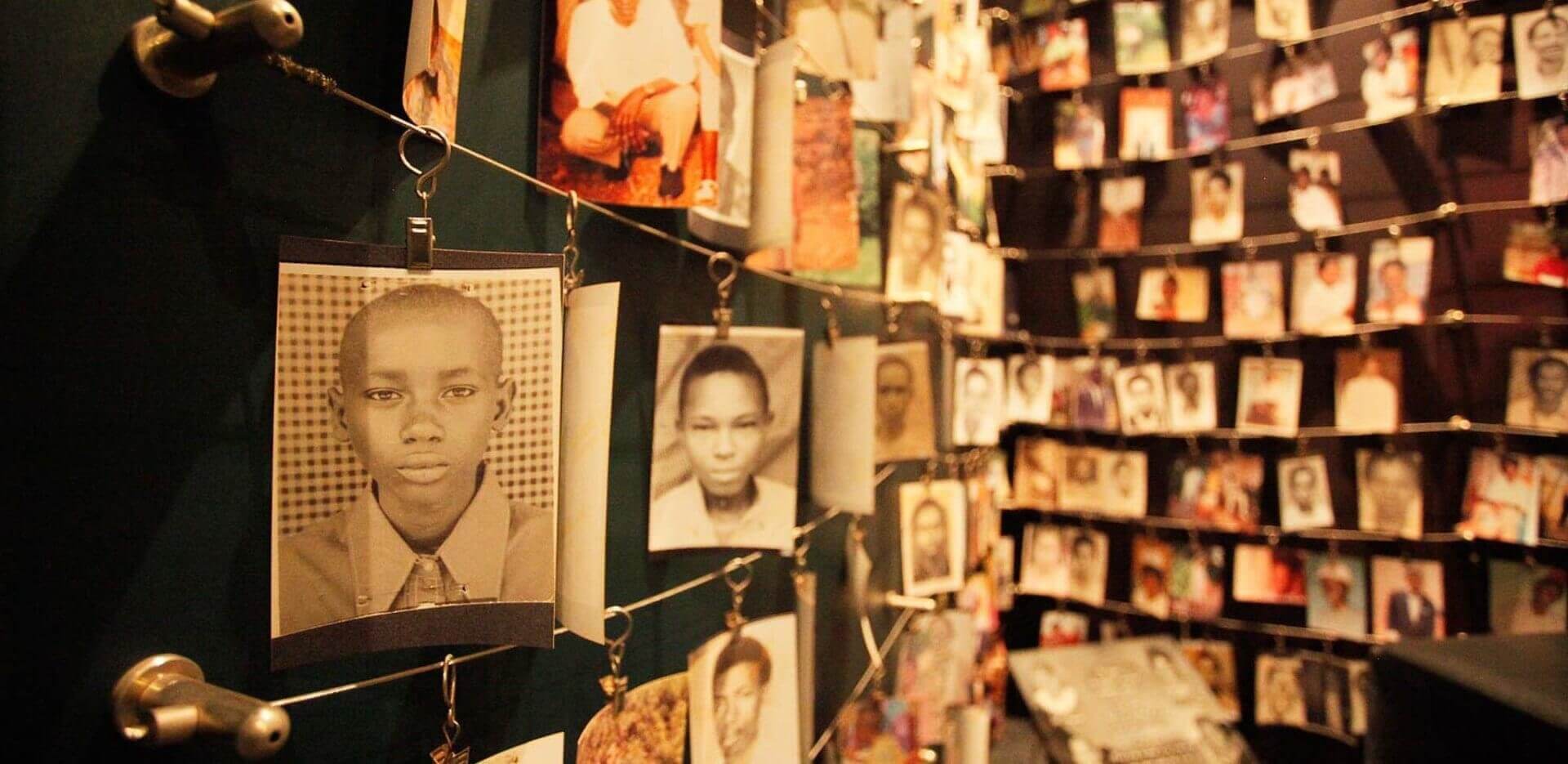
Rwanda is a small landlocked (surrounded by other countries) country in east-central Africa. Rwanda is sometimes mistaken to be dry and arid, but is actually known for its breathtaking green and lush scenery – and is often referred to as ‘le pays des milles collines’ (French for ‘land of a thousand hills’). The capital of Rwanda is Kigali, located in the centre of the country on the Ruganwa River.
Diverse languages
Rwanda has three official languages – Kinyarwanda (native historically to Rwanda) which is spoken by nearly all Rwandans, and is quite similar to Rundi, spoken by residents of the neighbouring country of Burundi. English and French are used widely, but still only by a fraction of the population, since English was introduced as part of the educational curriculum in 2008. Rwandans can rely on Swahili as a major language for communication with Africans from neighbouring countries.
Location
The countries that landlock Rwanda are Uganda to the north, Tanzania to the east, Burundi to the south and the Democratic Republic of the Congo (Kinshasa) and Lake Kivu to the West. The national boundaries of Rwanda safari have remained relatively unchanged since they were decided and drawn up by the European colonial powers over one hundred years ago in 1910.
History of Rwanda
From the 1300s, the Tutsis migrated into Rwanda, which was already inhabited by the Twa and Hutu people. In the 1600s, King of the Tutsi people, Ruganzu Ndori conquered central Rwanda and the outer Hutu areas. By the late 1800s, Rwanda was a unified state until it was ruled as a colony by Germany (and became part of ‘German East Africa’) in 1890. Belgian forces then occupied it some 26 years later.
The Belgian occupiers believed that the country would be better governed if they were to continue to identify the different populations, and in the 1920s, all people in Rwanda were required to identify with a particular chosen ethnic group.
In 1959, the then Tutsi King Kigeri V, together with many thousands of the Tutsi people were forced into exile in Uganda because of violence between the Hutu and Tutsi people. Two years later, Rwanda was proclaimed a republic, and not long after, there was more conflict as Tutsi rebels that were based in neighbouring Burundi killed around 20,000 Tutsis during an attack. Fighting between the two ethnic groups then continued periodically over the next three decades, until a peace accord was declared in 1993.
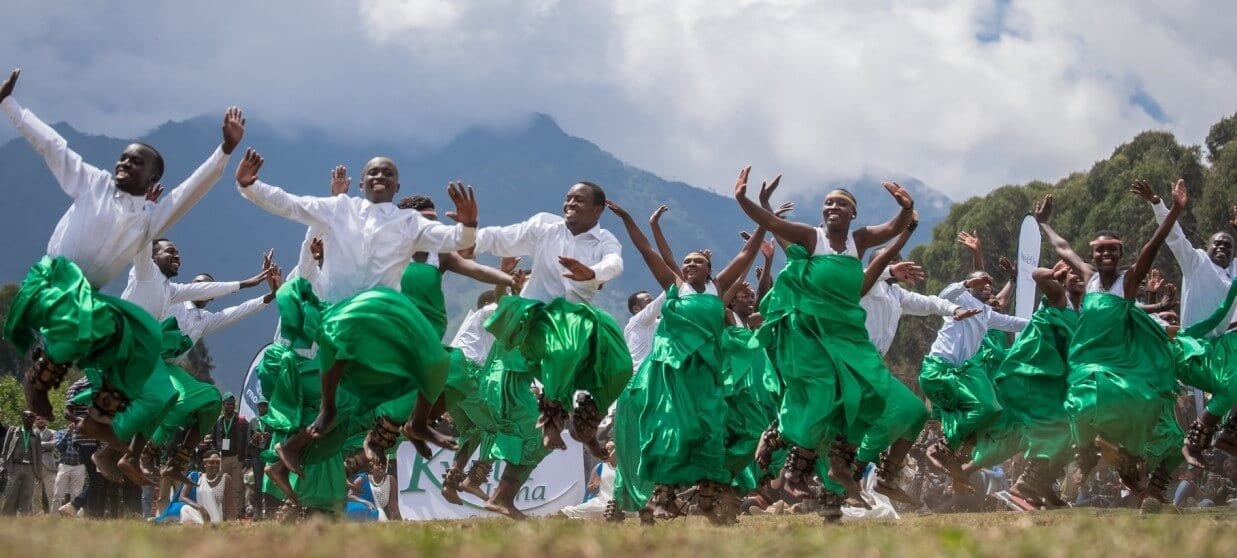
The Rwandan Genocide
In 1994, President Juvenal Habyarimana and Burundi’s President Cyprien were killed in a rocket attack on their plane. The shooting ended the ceasefire and was the catalyst for the Rwandan Genocide, which began within a few hours and lasted around 100 days.
A well-documented event, the Rwandan genocide took place during the Rwandan Civil War, resulting in nearly one million members of Rwanda’s Tutsi population being massacred by the Hutu government.
Rwandan history is plentiful, but none perhaps so serious in nature than the genocide in the country. The Rwandan Genocide of 1994 was, and is, one of the most recent horrifying events of human bloodshed, and perhaps, unfortunately still the period most linked to the country.
Although abhorrent and horrific, if you find yourself in the capital of Kigali, it’s worth visiting the Genocide Memorial Centre to acknowledge and respect the bloody massacre that this wonderful country had to endure.
Looking to the future
Once seen as an unsafe country, Rwanda's safari holidays are now a beautiful and peaceful destination that can be explored by many with confidence. Travellers to sub-Saharan Africa are still told to take the normal and standard precautions (and common sense) when drinking water and personal security risks, but other than that the Rwandan government reassures all visitors that their country is generally safe and crime levels have been low for quite a long time.
Why visit Rwanda?
The landscape is lush and very picturesque. Quite tropical, Rwanda is a popular destination and subject for landscape photographers and painters. The dominant skyline feature is a chain of mountain ranges that run north to south, forming part of the Congo-Nile divide. The country’s interior highlands consist of vast rolling hills and valleys, yet only a small percentage of the country is covered in natural forest vegetation.
Many visit Rwanda for - and have been involved in - huge reforestation programmes to restore eucalyptus trees to previously stripped hillsides and roadsides. The landscape of Rwanda is famously contrasted, from Mediterranean-style vegetation covering the shores of Lake Kivu, to the swamps of Rwanda’s eastern border and the still dense bamboo forests of the Virunga Mountains in the north.
A temperate climate
Rwanda’s climate has mild temperatures all year round, with an average temperature of 21 (degrees) in the interior highlands – and the capital Kigali. If you do visit the volcanoes in the northwest, however, there are significantly lower temperatures each season, accompanied by heavier rainfalls. The good news is that the two rainy seasons are the same annually – February to May and October to December.
Popular destinations in Rwanda
Rwanda has four national parks. These are Nyungwe National Park, Volcanoes National Park, Akagera National Park and Gishwati-Mukurs National Park, which are all protected ecosystems and wildlife reserves. The Rwanda Development Board (RDB) is responsible for the managing and conserving of all the national parks, and promoting tourism for them.
Nyungwe National Park
Nyungwe National Park is one of the oldest rainforests in Africa, and is rich in both plant and animal species. Extremely picturesque, the mountain region in Nyungwe is home to a host of wildlife, including chimpanzees and other species of primate. Fifteen trails are available to visitors, where they can spend days or even weeks in some of Africa’s most beautiful forests. Primate tracking and trekking is very popular, but keen botanists can enjoy over 1,000 different plant species and some 100 types of orchid.
Nyungwe is home to some of the finest bird watching in Africa, with over 300 species – and these aren’t the only winged inhabitants; butterflies are permanent residents, with at least 120 different species to spot. If you like your big cats, the leopard can be seen in Nyungwe, along with the mongoose and Congo clawless otter.
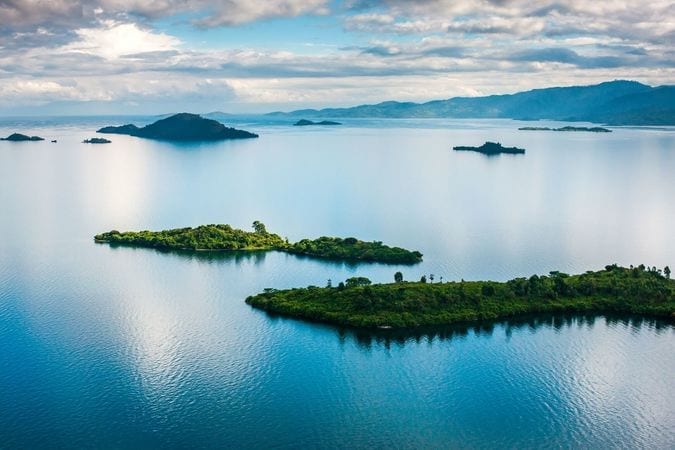
Volcanoes National Park
Volcanoes National Park is situated in the far northwest of Rwanda. Its magnificent mountain range is home to the endangered mountain gorilla and a rich mix of ecosystems that include evergreen and bamboo forest, open grassland, swamp and heath.
The Volcanoes National Park is named after the chain of dormant volcanoes that makes up the Virunga Massif; Karisimbi – the highest at 4,507m, Bisoke with its verdant crater lake, Sabinyo, Gahinga and Muhabura.
In this national park, most famous for tracking endangered mountain gorillas through the lush rainforest, there are also over two hundred species of wild and wonderful birds – as well as being home to the rare golden monkey.
While gorilla trekking is without a doubt one of the biggest highlights, a Rwanda safari is best experienced at The Volcanoes National Park – and something not to be missed. With sightings of the big 5 – the African elephant, African buffalo, Rhinoceros, African leopard and the lion, combined with breathtaking scenery, Rwanda safaris are something to seriously consider at this national park.
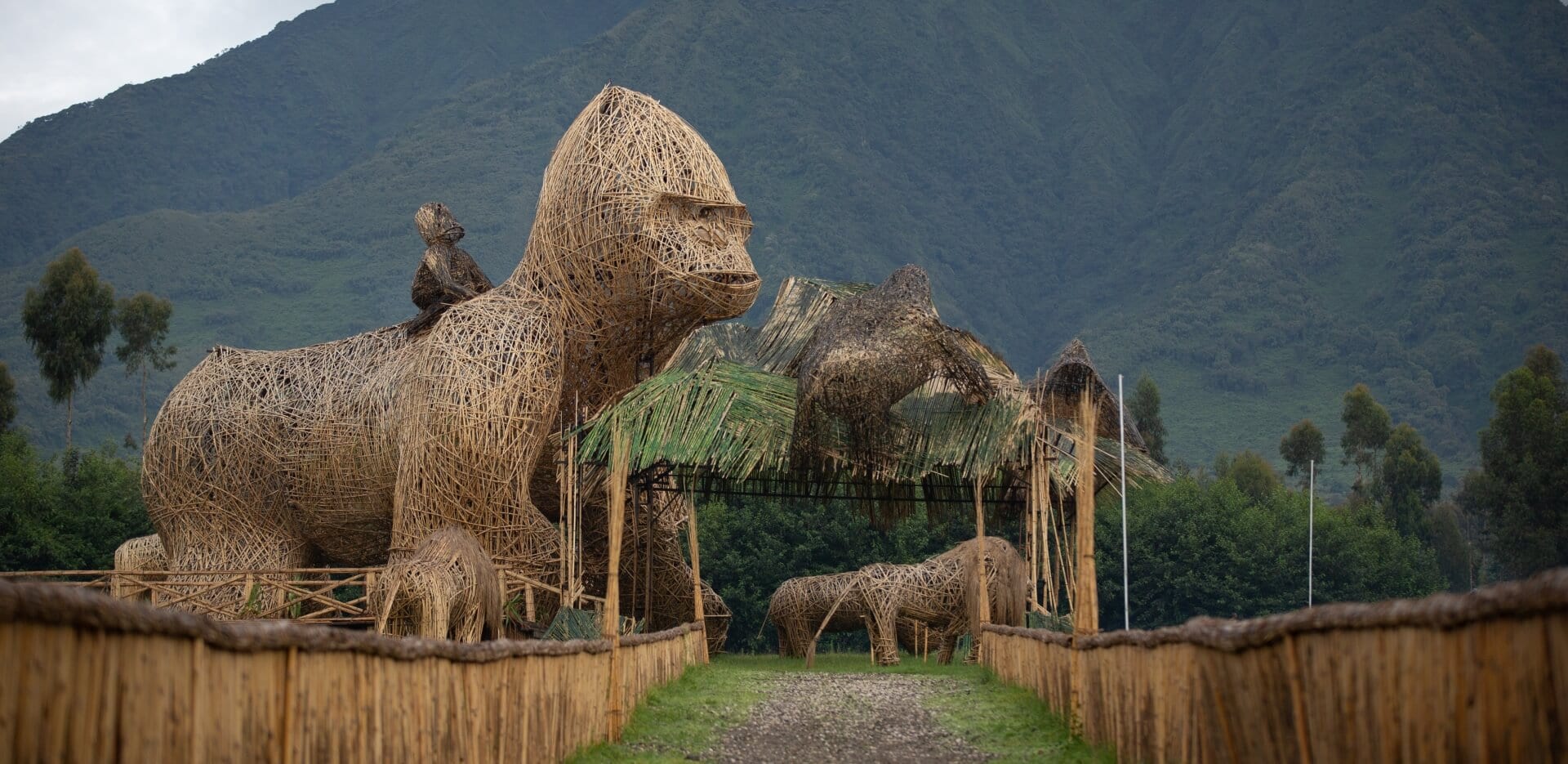
Akagera National Park
Bordering Tanzania, Akagera National Park is known for its woodlands, swamps, low lying mountains and savannah grasslands. The extremely varied terrain is home to a variety of wildlife, including zebras, giraffes, lions and hundreds of bird species.
Its large open spaces make it ideal for game viewing, and the RDB is taking all steps to ensure that the Big Five roam the park in greater numbers in the future – perfect for a Rwanda safari!
The Akagera National Park is the most developed of all four parks, with the risk of poaching at an all-time low, and since 2010 a family of lions from South Africa has been introduced successfully and is breeding well – along with 18 eastern black rhinos!
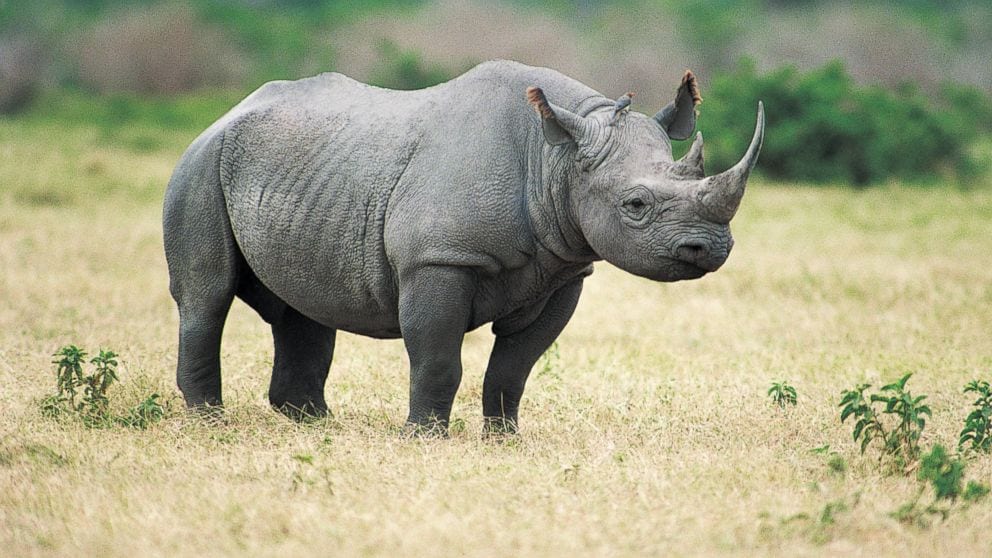
Gishwati Mukura National Park
This is the fourth of the national parks, and is made up of two separate forests –the larger Gishwati forest and the smaller Mukurs, which form a total of 34 square kilometres, as well as a ‘buffer zone’ surrounding them.
The two forests sit atop the ridge that divides the Congo and Nile water catchment areas and is made up of 60 species of tree, including many bamboo and indigenous hardwoods.
Currently part of a huge landscape restoration programme, it has brought with it many activities to the park, including guided nature hikes, chimp and monkey tracking, bird watching and a tour to the breathtaking waterfalls.
Gorillas in Rwanda
Gorillas are the main attraction to in Rwanda. The International Gorilla Conservation Programme (IGCP) was set up in 1991 to ensure the conservation of the critically endangered mountain gorillas in their natural habitat, the mountain forests of the Virunga Massif in Rwanda, Uganda and the Democratic Republic of Congo.
Why did the programme begin?
The programme was continued on from the work of Dian Fossey.
A well-respected and pioneering primatologist, she became well known for her conservation work in Rwanda. She faced economic and political obstacles in her work, and strove to establish the first dedicated gorilla rangers – patrolling the areas and fighting off poachers. Her mission, along with her extensive research and goal for conservation, was to bring to the world’s attention the enormity of the situation for this endangered species.
Fossey established the Digit Fund in 1978, which was named after one of her favourite gorillas. Digit was murdered by poachers earlier that year, and the fund was started to help fund ranger patrols through the areas that were inhabited by gorillas – to keep them safe from the many hunters.
In 1985, Dr. Fossey was brutally murdered in the forests that she had called home for more than two decades. Her legacy thankfully lives on. She inspired new generations of conservationists, giving hope to the future of gorillas.
Dian Fossey’s work has become familiar to many because of the vast media coverage surrounding her, and most famously ‘Gorillas in the Mist’, a feature film depicting the true story of her work to save and conserve mountain gorillas.
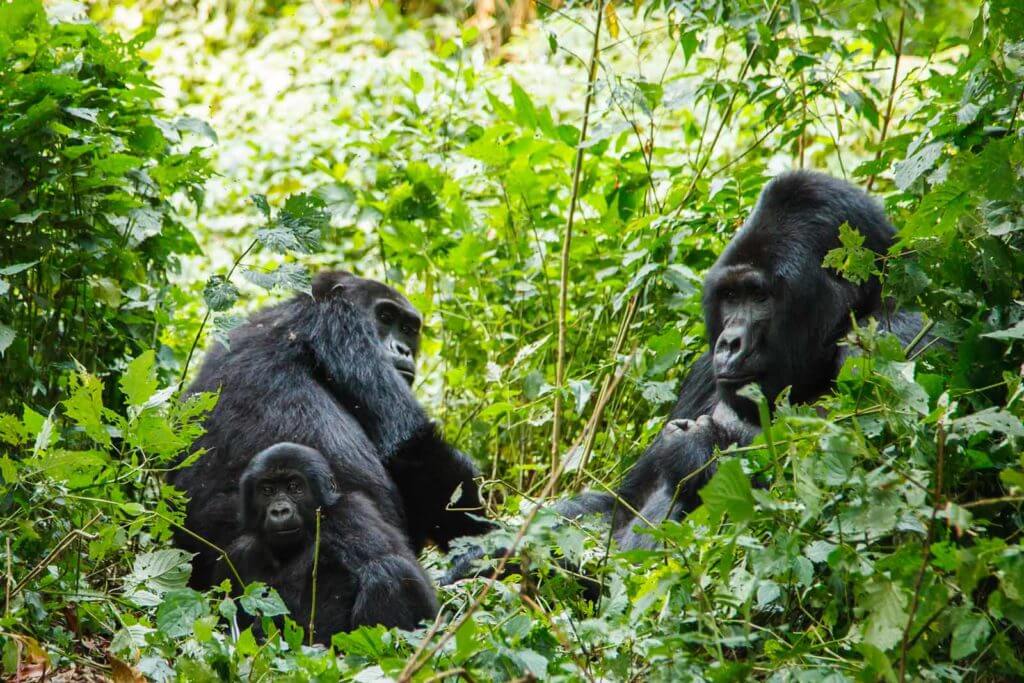
The importance of Dian Fossey to Rwandan History
Rwanda’s population of these fantastic primates makes up to more than a third of the nearly one thousand that remain worldwide, and it’s thanks to the studies of Dian Fossey and her educating the world that we now see them protected.
Gorilla trekking Rwanda
Gorilla trekking in Rwanda is a unique way to see gorillas up close in their natural habitat, a truly unforgettable experience, and some say life-changing. It’s because of the work of Fossey, and now the IGCP that all visitors’ encounters with gorillas in the wild are carefully structured and managed. Expert guides and gorilla trackers take small numbers of visitors up to dense bamboo-covered hills to spend some time just metres away from these amazing creatures.
Gorillas are the largest living primates, and the species is split into two groups: lowland gorillas and mountain gorillas. The critically endangered mountain gorilla inhabits the Virunga Ranges, the volcanic range that spans across Uganda, Rwanda and the Democratic Republic of Congo. This is where gorilla trekking takes place. Tracking gorillas is both safe and very accessible.
There are just over 1,000 mountain gorillas in the wild, with over half occupying the Virunga area. The population continues to increase, thanks to the conservationists. There are twelve separate gorilla families living in the Volcanoes National Park, and the groups (also called ‘troops’) consist of at least one Silverback, with several grown females and many youngsters.
What can you expect when gorilla trekking in Rwanda?
Visitors can expect to gather early in the morning at the Volcanoes National Park, where they are safely briefed on the rules and protocols to adhere to when visiting the gorillas. Hikes can differ from as short as under an hour to over four hours, and can reach altitudes of up to 4,000m Not for the faint-hearted! Porters are often available to carry backpacks, other belongings and to offer trekking assistance along the way.
Best for other primates
Most tourists visit Rwanda to experience the remaining protected gorilla population, yet some don’t know that Rwanda is also superb for spotting a number of primates, for example, the Sykes monkey, the crazy and fun chimpanzees and the Golden monkey! With a backdrop of lush green vegetation and stunning views across the mountainsides, it’s clear to see why Rwanda is consistently a popular destination to see these wonderful animals.
While Rwandan history is steeped in conflict, it is now one of the most beautiful and peaceful countries in Africa, rich in biodiversity, culture and natural wonder. If you choose to visit Rwanda soon, don’t miss out on a Rwanda safari experience – whether you enjoy gorilla trekking, spotting the big five or bird watching the hundreds of species, Rwanda should definitely be the next destination on your list…
Let us tailor-make your ideal Rwanda safari. Feel free to call us on +44 1932 361807 (UK & Rest of the world) / 1 844 390 1798 (USA toll free) or pop us an email at info@tailormadeafrica.com, and we can help you to plan your bespoke safari holiday with us – and by doing so, help us to support those most in need on the ground.



























